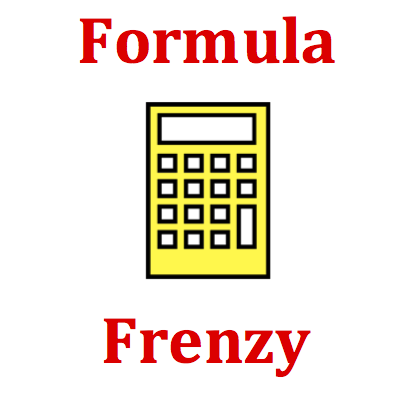Mission MC3 Impulse and Momentum Change Variables



When a force is exerted upon an object in a collision, the object is said to have encountered an impulse. The impulse is simply the mathematical product of the force exerted on the object and the amount of time over which it was exerted. The impulse changes the object's momentum and is equal to the amount of momentum change.
F • t = m • ∆v

The impulse encountered by an object depends on both the contact force and the time of contact (see Formula Frenzy section). If the same force endures for a longer the time, then the impulse is increased. The factor by which the time is increased is equal to the factor by which the impulse is increased. The impulse results in and is equal to the momentum change of the object. Thus, the increasing of the time not only increases the impulse, it also serves to increase the momentum change of the object by the same factor.
